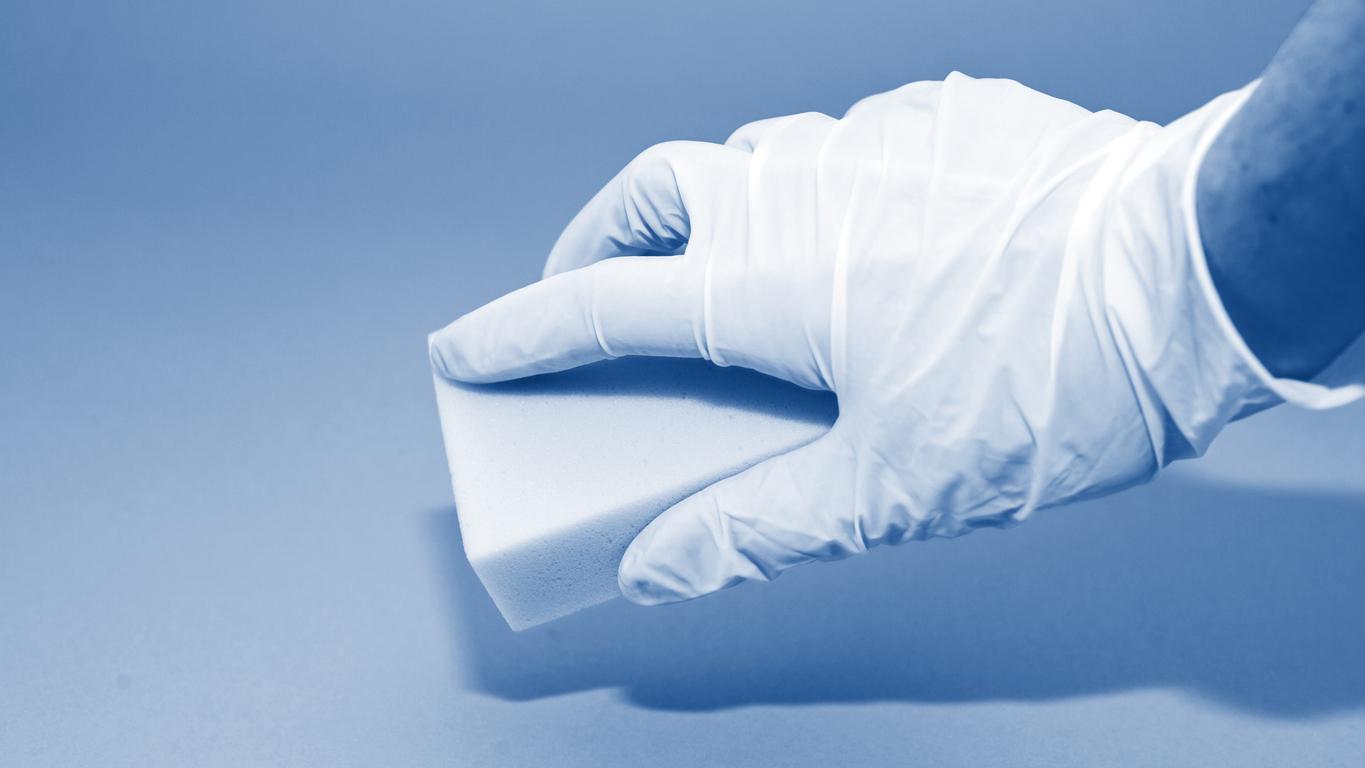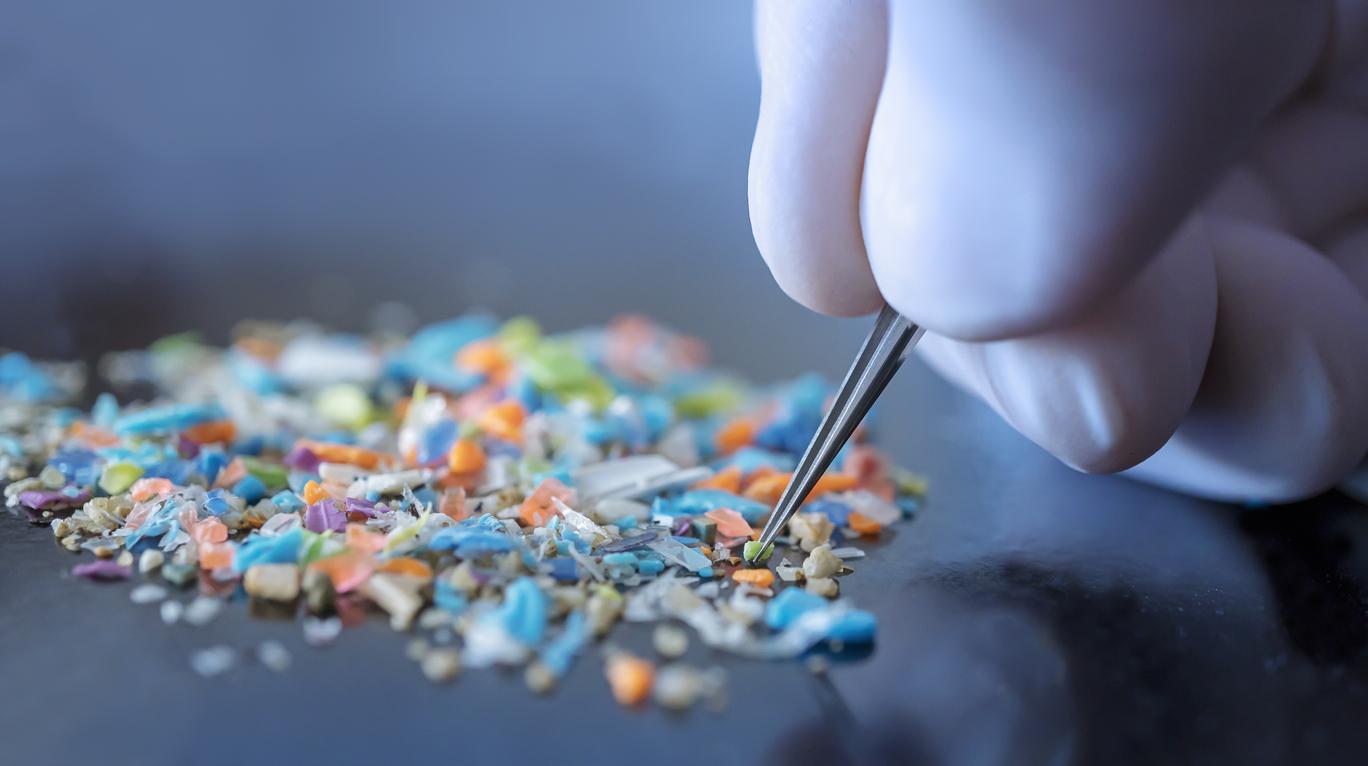April 1, 2003 – A product commonly used in the manufacture of plastic could induce spontaneous abortions or cause genetic problems such as Down syndrome.
American researchers have discovered that bisphenol A (BPA) causes genetic abnormalities in the eggs of mice. So, in mice that had received BPA, 40% of the fertilized eggs that attempted to start dividing saw their chromosomes align incorrectly, while this problem normally occurs in only 2% of cases.
In women, such incorrect alignment of chromosomes results in spontaneous abortion, if not severe mental retardation for the fetus. Even more concerning, the levels of BPA used in tests on mice were at or below levels considered safe for humans.
BPA is used in the manufacture of clear, hard plastics, such as baby bottles or food storage containers. These plastics degrade with age or when placed in the microwave or washed with strong detergents, allowing BPA to contaminate food.
The danger of BPA stems from the fact that it mimics the effects of estrogen in the body. Other animal studies had implicated him for hyperactivity, early puberty, low sperm count as well as testes.1 and abnormally sized prostates.
The US plastics industry has always disputed the results of these studies and claims that BPA is safe. About 90 million kilograms of BPA are used each year.
Similarly, the US Environmental Protection Agency (EPA) is looking into the case of C8, a chemical used in the manufacture of teflon. Animal studies have found that large doses of C8 can damage the liver as well as cause reproductive and developmental problems. The product would be especially dangerous for women, since it accumulates in greater quantities in their body than in that of men.
Jean-Benoit Legault – PasseportSanté.net
According to WedMD Health, BBC News, LA Times, Reuters Health, CBS News and drkoop.com, March 31 and April 1, 2003.
1. Furuya M, Sasaki F, Hassanin AM, Kuwahara S, Tsukamoto Y. Effects of bisphenol-A on the growth of comb and tests of male chicken.Can J Vet Res 2003 Jan; 67 (1): 68-71. [Consulté le 1er avril 2003].















